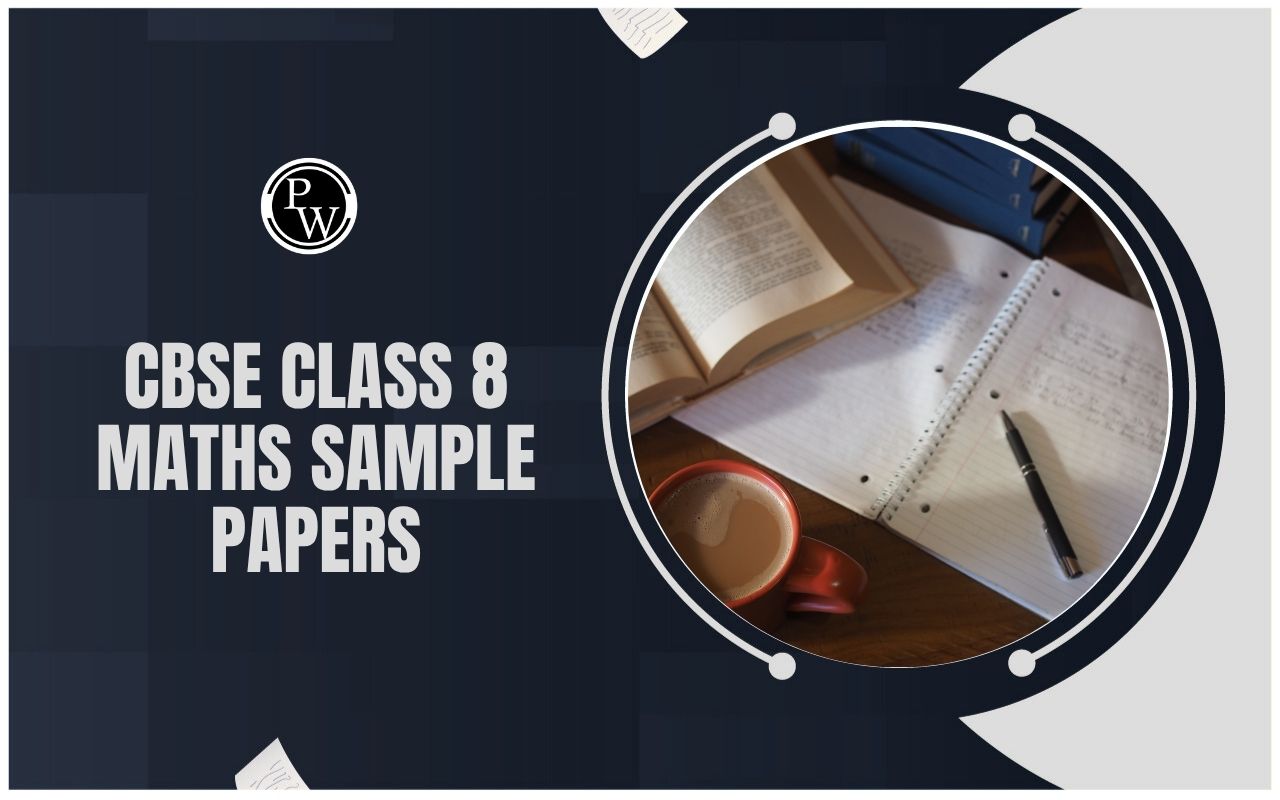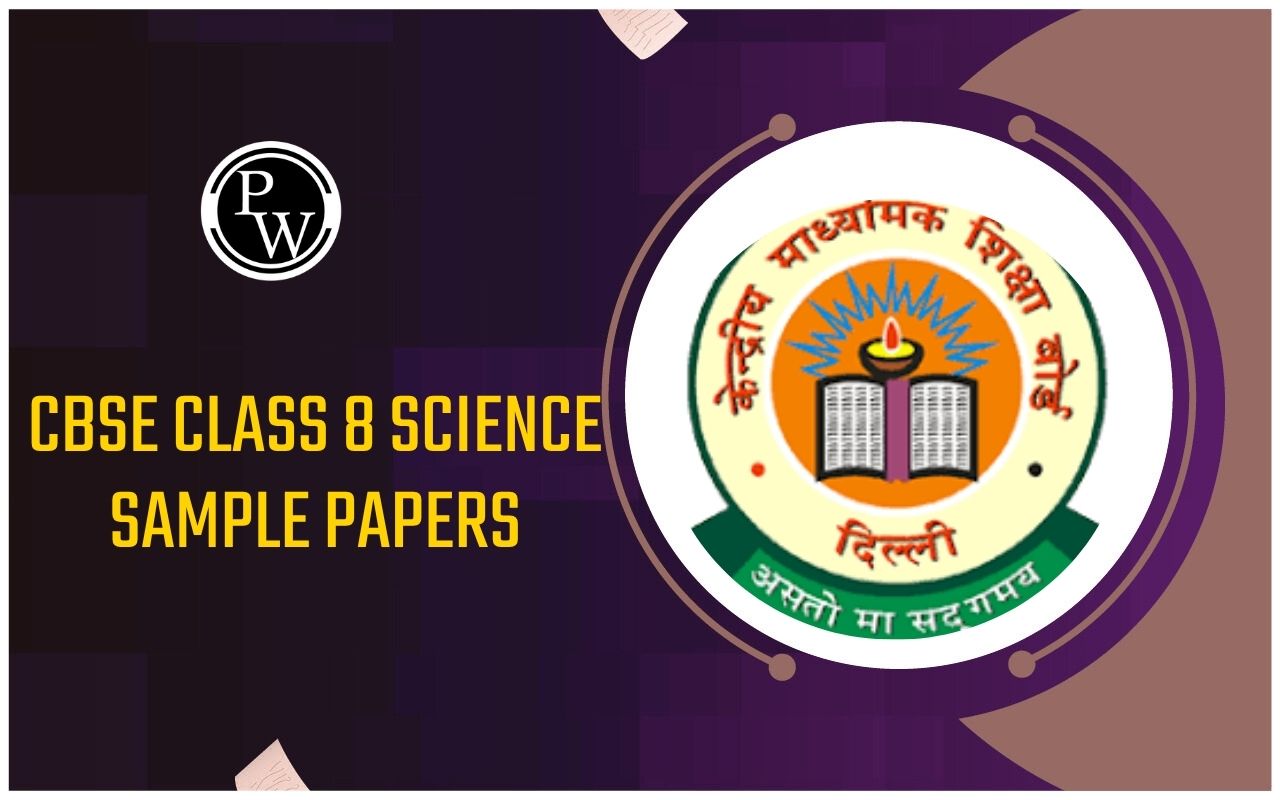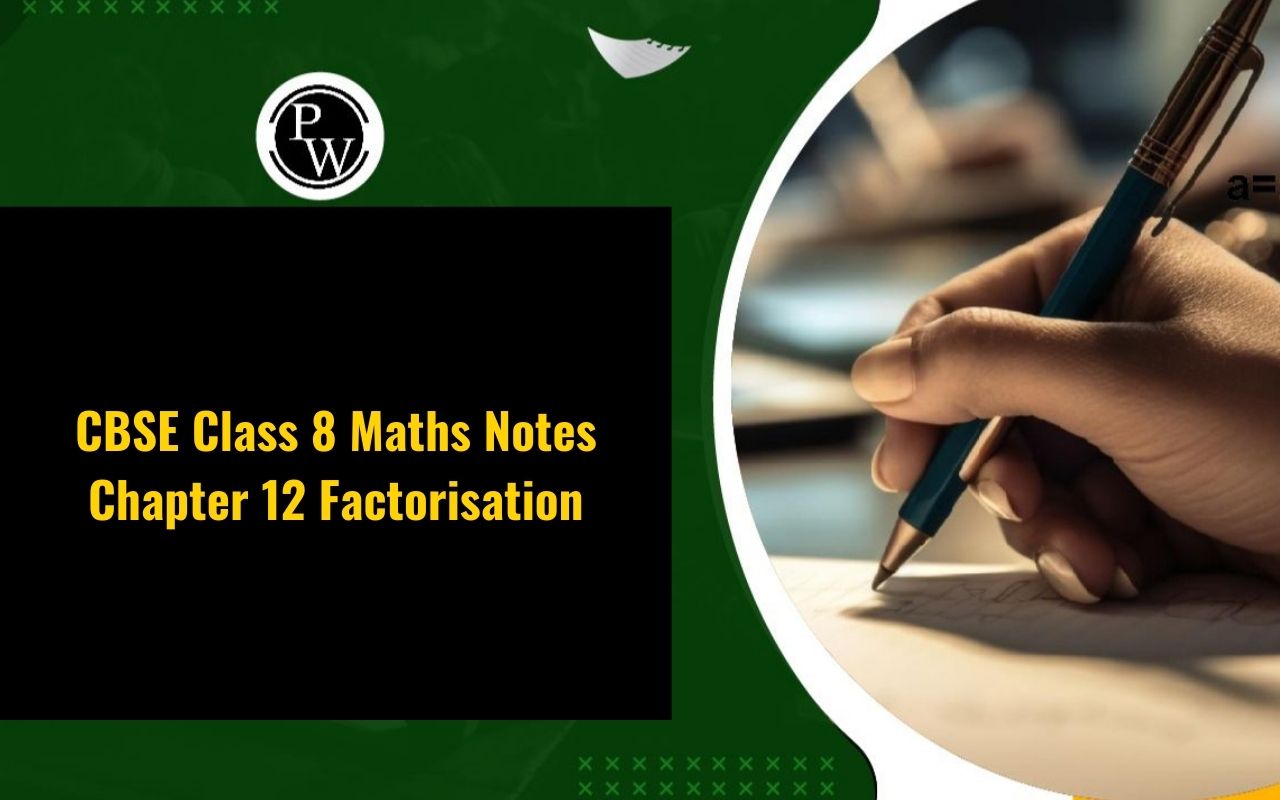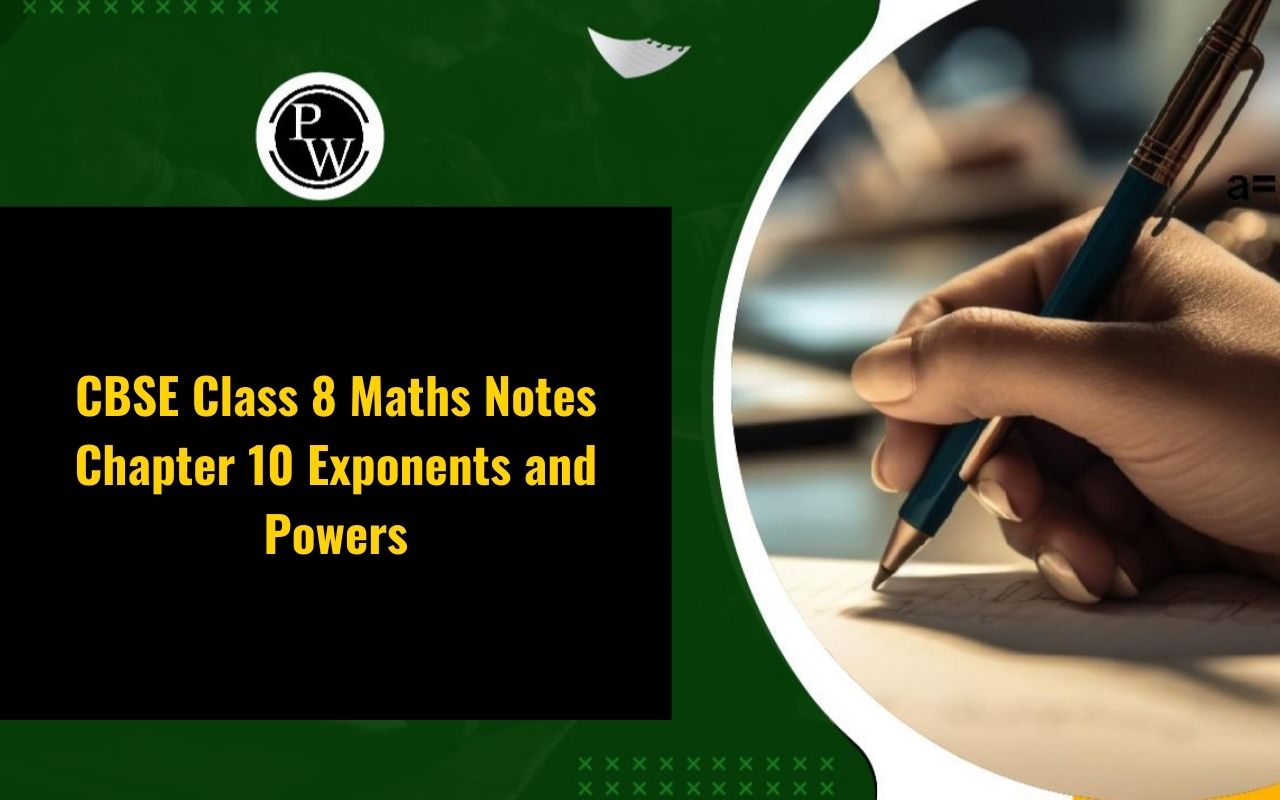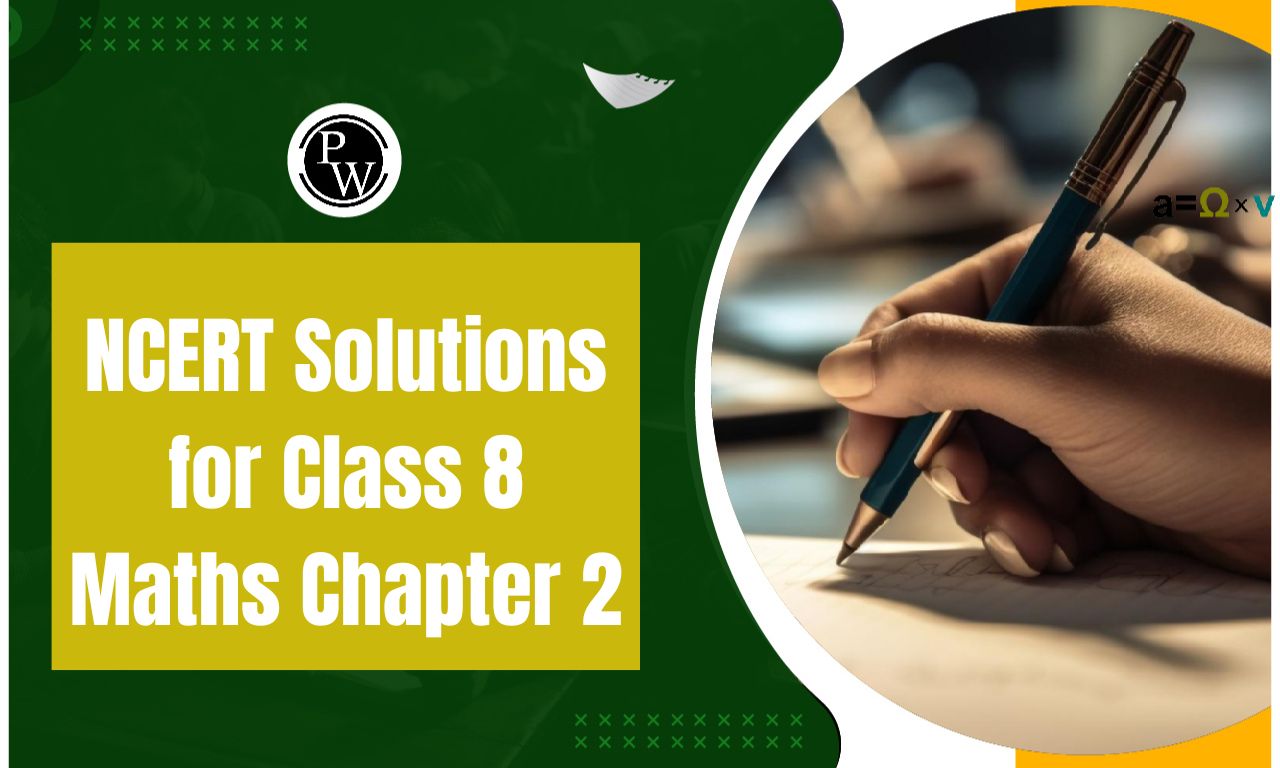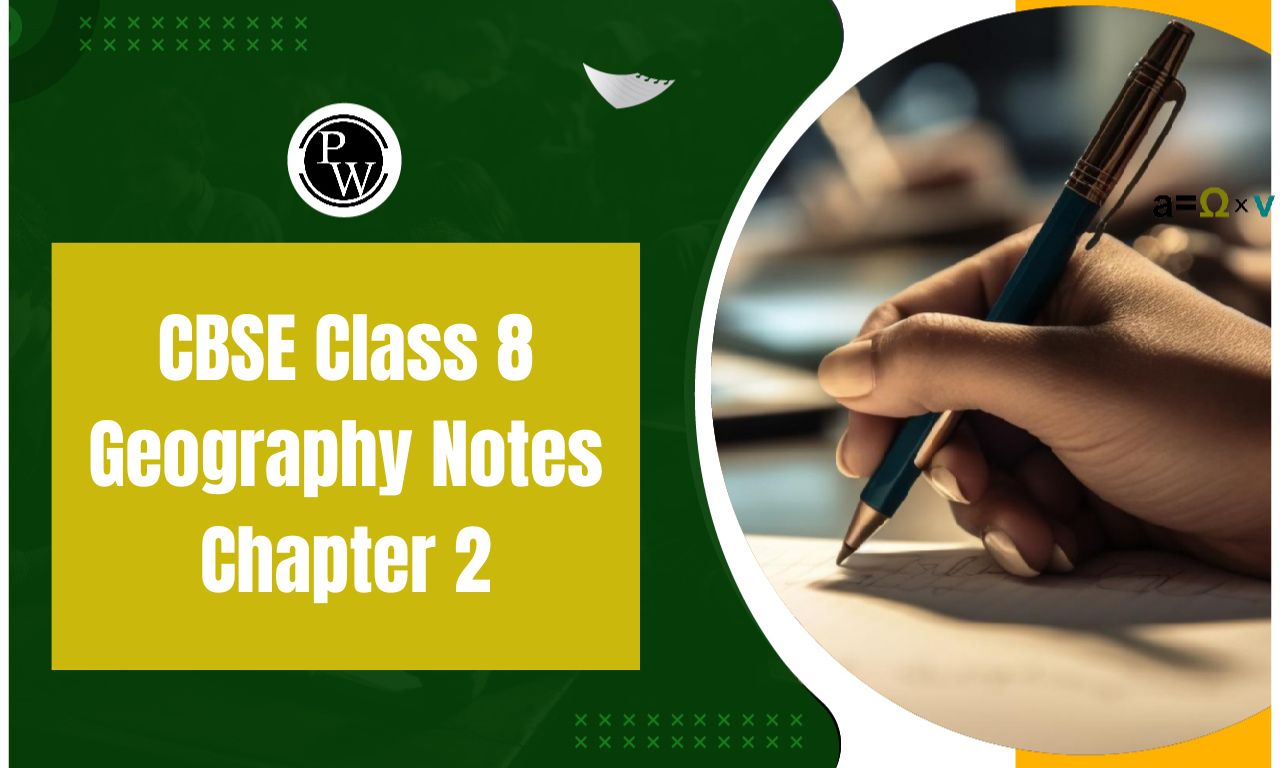
RS Aggarwal Solutions for Class 8 Maths Chapter 3 Exercise 3.2: The Physics Wallah academic team has provided a comprehensive answer for Chapter 3: Squares and Square Roots in the RS Aggarwal class 8 textbook. The RS Aggarwal class 8 solution for Chapter 3 Squares and Square Roots Exercise-3B is uploaded for reference only; do not copy the solutions.
Before going through the solution of chapter-3 Squares and Square Roots Exercise-3B, one must have a clear understanding of Chapter 3 Squares and Square Roots. Read the theory of Chapter 3 Squares and Square Roots and then try to solve all numerical of exercise-3B. For class 8 maths students, the NCERT textbook is a highly recommended resource for solving numerical problems and referencing NCERT solutions.RS Aggarwal Solutions for Class 8 Maths Chapter 3 Exercise 3.2 Squares and Square Roots Overview
RS Aggarwal Solutions for Class 8 Maths Chapter 3 Exercise 3.2 focuses on Squares and Square Roots, specifically in Exercise 3.2. This exercise delves into the fundamental concepts of squaring numbers and finding their square roots, essential skills in mathematics. The problems in this exercise are designed to help students understand the properties and applications of squares and square roots through a variety of methods, including prime factorization and division. Students will practice determining the square roots of perfect squares, as well as approximating the square roots of non-perfect squares. The exercise includes a mix of problems, from straightforward calculations to more complex word problems that require applying the concepts in practical situations. By working through this RS Aggarwal Solutions for Class 8 Maths Chapter 3 Exercise 3.2, students will enhance their computational skills and develop a deeper understanding of the relationships between numbers.RS Aggarwal Solutions for Class 8 Maths Chapter 3 Exercise 3.2 PDF
Below we have provided RS Aggarwal Solutions for Class 8 Maths Chapter 3 Exercise 3.2 in detail. This chapter will help you to clear all your doubts regarding the chapter. Students are advised to prepare from these RS Aggarwal Solutions for Class 8 Maths Chapter 3 Exercise 3.2 before the examinations to perform better.RS Aggarwal Solutions for Class 8 Maths Chapter 3 Exercise 3.2 PDF
RS Aggarwal Solutions for Class 8 Maths Chapter 3 Exercise 3.2 (ex 3B)
Below we have provided RS Aggarwal Solutions for Class 8 Maths Chapter 3 Exercise 3.2 Squares and Square Roots –(1) Give reason to show that none of the numbers given below is a perfect square:
(i) 5372
Solution: 5372 is not a perfect square, because the numbers end with 2, which is not a perfect square.(ii) 5963
Solution: 5963 is not a perfect square, because the numbers end with 3, which is not a perfect square.(iii) 8457
Solution: 8457 is not a perfect square, because the numbers end with 7, which is not a perfect square.(iv) 9468
Solution: 9468 is not a perfect square, because the numbers end with 8, which is not a perfect square.(v) 360
Solution: 360 is not a perfect square, because the numbers ending in an odd number of zeros, which is never a perfect square.(vi) 64000
Solution: 64000 is not a perfect square, because the numbers ending in an odd number of zeros, which is never a perfect square.(vii) 2500000
Solution: 2500000 is not a perfect square, because the numbers ending in an odd number of zeros, which is never a perfect square.(2) Which of the following are squares of even numbers?
(i) 196
(ii) 441
(iii) 900
(iv) 625
(v) 324
Solution: We know that the square of an odd number is odd and square of an even number is even. (i) 196 is even ⇒ (196) 2 is even. (ii) 441 is odd ⇒ (441) 2 is odd. (iii) 900 is even ⇒ (900) 2 is even. (iv) 625 is odd ⇒ (625) 2 is odd. (v) 324 is even ⇒ (324) 2 is even.(3) Which of the following are squares of odd numbers?
(i) 484
(ii) 961
(iii) 7396
(iv) 8649
(v) 4225
Solution: We know that the square of an odd number is odd and square of an even number is even. (ii) 961 is odd ⇒ (961) 2 is odd (iv) 8649 is odd ⇒ (8649) 2 is odd (v) 4225 is odd ⇒ (4225) 2 is odd.(4) Without adding, find the sum:
(i) (1 + 3 + 5 + 7 + 9 + 11 + 13)
Solution: Sum of first 6 odd numbers = 7 2 = 49.(ii) (1 + 3 + 5 + 7 + 9 + 11 + 13 + 15 + 17 + 19)
Solution: Sum of first 10 odd numbers = 10 2 = 100.(iii) (1 + 3 + 5 + 7 + 9 + 11 + 13 + 15 + 17 + 19 + 21 + 23)
Solution: Sum of first 12 odd numbers = 12 2 = 144.(5) (i) Express 81 as the sum of 9 odd numbers.
Solution: We know that n 2 is equal to the sum of first n odd numbers. 81 = 9 2 = Sum of 9 odd numbers = (1 + 3 + 5 + 7 + 9 + 11 + 13 + 15 + 17)(ii) Express 100 as the sum of 10 odd numbers.
Solution: We know that n 2 is equal to the sum of first n odd numbers. 100 = 10 2 = Sum of 10 odd numbers = (1 + 3 + 5 + 7 + 9 + 11 + 13 + 15 + 17 + 19)(6) Write a Pythagorean triplet whose smallest member is
(i) 6
Solution: For every natural number m > 1, (2m, m 2 -1, m 2 + 1) is a Pythagorean triplet. Putting 2m = 6, we get m = 3 Thus, we get the triplet (6, 8, 10).(ii) 14
Solution: For every natural number m > 1, (2m, m 2 -1, m 2 + 1) is a Pythagorean triplet. Putting 2m = 14, we get m = 7 Thus, we get the triplet (14, 48, 50).(iii) 16
Solution: For every natural number m > 1, (2m, m 2 -1, m 2 + 1) is a Pythagorean triplet. Putting 2m = 16, we get m = 8 Thus, we get the triplet (16, 63, 65).(iv) 20
Solution: For every natural number m > 1, (2m, m 2 -1, m 2 + 1) is a Pythagorean triplet. Putting 2m = 20, we get m = 10 Thus, we get the triplet (20, 99, 101).(7) Evaluate:
(i) (38) 2 – (37) 2
Solution: We have (n + 1) 2 – n 2 = (n + 1) + n. Taking n = 37 and (n + 1) = 38, we get (38) 2 – (37) 2 = (38 + 37) = 75.(ii) (75) 2 – (74) 2
Solution: We have (n + 1) 2 – n 2 = (n + 1) + n. Taking n = 74 and (n + 1) = 75, we get (75) 2 – (74) 2 = (75 + 74) = 149.(iii) (92) 2 – (91) 2
Solution: We have (n + 1) 2 – n 2 = (n + 1) + n. Taking n = 91 and (n + 1) = 92, we get (92) 2 – (91) 2 = (92 + 91) = 183.(iv) (105) 2 – (104) 2
Solution: We have (n + 1) 2 – n 2 = (n + 1) + n. Taking n = 104 and (n + 1) = 105, we get (105) 2 – (104) 2 = (105 + 104) = 209.(v) (141) 2 – (140) 2
Solution: We have (n + 1) 2 – n 2 = (n + 1) + n. Taking n = 140 and (n + 1) = 141, we get (141) 2 – (140) 2 = (141 + 140) = 281.(vi) (218) 2 – (217) 2
Solution: We have (n + 1) 2 – n 2 = (n + 1) + n. Taking n = 217 and (n + 1) = 218, we get (218) 2 – (217) 2 = (218 + 217) = 435.(8) Using the formula (a + b) 2 = (a 2 + 2ab + b 2 ), evaluate:
(i) (310) 2 = (300 + 10) 2 = (300) 2 + 2 × 300 × 10 + (10) 2 = (90000 + 6000 + 100) = 96100. (ii) (508) 2 = (500 + 8) 2 = (500) 2 + 2 × 500 × 8 + (8) 2 = (250000 + 8000 + 64) = 258064. (iii) (630) 2 = (600 + 30) 2 = (600) 2 + 2 × 600 × 30 + (30) 2 = (360000 + 36000 + 900) = 396900.(9) Using the formula (a – b) 2 = (a 2 – 2ab + b 2 ), evaluate:
(i) (196) 2 = (200 – 4) 2 = (200) 2 – 2 × 200 × 4 + (4) 2 = 40000 – 1600 + 16 = 38416. (ii) (689) 2 = (700 – 11) 2 = (700) 2 – 2 × 700 × 11 + (11) 2 = 490000 – 15400 + 121 = 474721. (iii) (891) 2 = (900 – 9) 2 = (900) 2 – 2 × 900 × 9 + (9) 2 = 810000 – 16200 + 81 = 793881.(10) Evaluate:
(i) 69 × 71
= (70 – 1) × (70 + 1) = [(70) 2 – (1) 2 ] = (4900 – 1) = 4899.(ii) 94 × 106
= (100 – 6) × (100 + 6) = [(100) 2 – (6) 2 ] = (10000 – 36) = 9964.(11) Evaluate:
(i) 88 × 92
= (90 – 2) × (90 + 2) = [(90) 2 – (2) 2 ] = (8100 – 4) = 8096.(ii) 78 × 82
= (80 – 2) × (80 + 2) = [(80) 2 – (2) 2 ] = (6400 – 4) = 6396.(12) Fill in the blanks:
(i) The square of an even number is even . (ii) The square of an odd number is odd . (iii) The square of a proper fraction is less than the given fraction. (iv) n 2 = the sum of first n odd natural numbers.(13) Write (T) for true and (F) for false for each of the statements given below:
(i) The number of digits in a perfect square is even. = F (ii) The square of a prime number is prime. = F (iii) The sum of two perfect squares is perfect square. = F (iv) The difference of two perfect squares is a perfect square. = F (v) The product of two perfect squares is a perfect square. = TBenefits of RS Aggarwal Solutions for Class 8 Maths Chapter 3 Exercise 3.2
The RS Aggarwal Solutions for Class 8 Maths Chapter 3 Exercise 3.2 on Squares and Square Roots offers several benefits to students:Conceptual Clarity : The solutions provide step-by-step explanations, helping students understand the fundamental concepts of squares and square roots. This clarity is crucial for building a strong mathematical foundation.
Practice and Precision : By working through the solutions, students can practice a variety of problems, enhancing their precision and accuracy in calculations. The diversity of problems ensures comprehensive practice.
Problem-Solving Skills : The solutions encourage analytical thinking and problem-solving skills. Students learn different methods to approach and solve problems, which is essential for higher-level mathematics.
Exam Preparation : Detailed solutions aligned with the curriculum help students prepare effectively for exams. They can use these solutions to review key concepts and ensure they understand the methods required to solve different types of problems.
Confidence Building : Regular practice with well-explained solutions boosts students' confidence. They become more comfortable with the topic, reducing anxiety and improving their overall performance in mathematics.
Time Management : By following the structured approach in the solutions, students can learn to solve problems more efficiently, which is a valuable skill during timed exams.
RS Aggarwal Solutions for Class 8 Maths Chapter 3 Exercise 3.2 FAQs
Which is the hardest chapter in maths class 8?
Which is the most easiest chapter in class 8 maths?
How to perfect in maths in class 8?
Is class 8 very hard?


